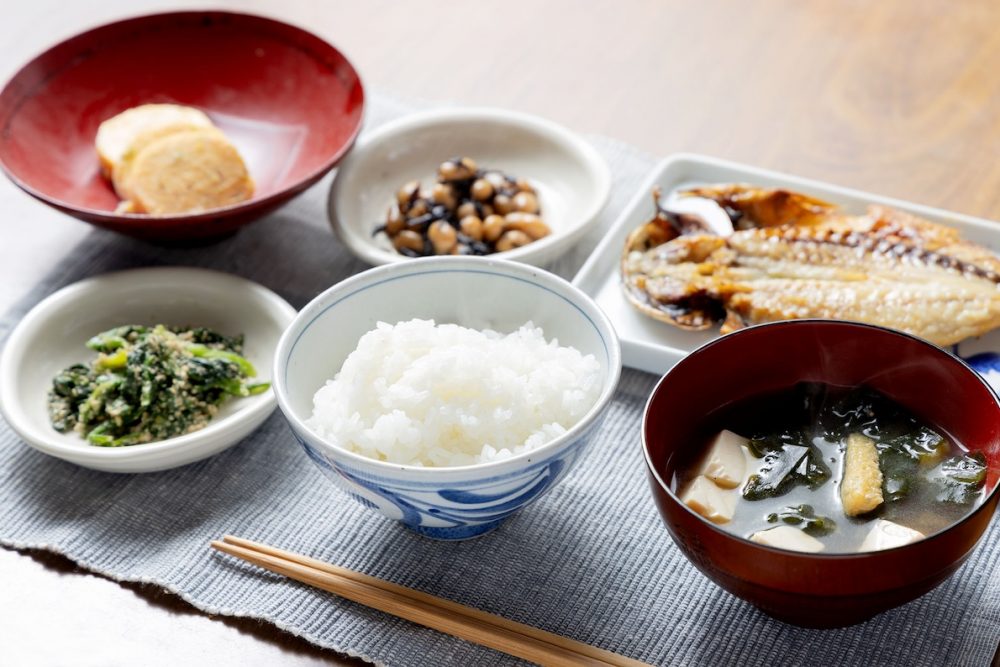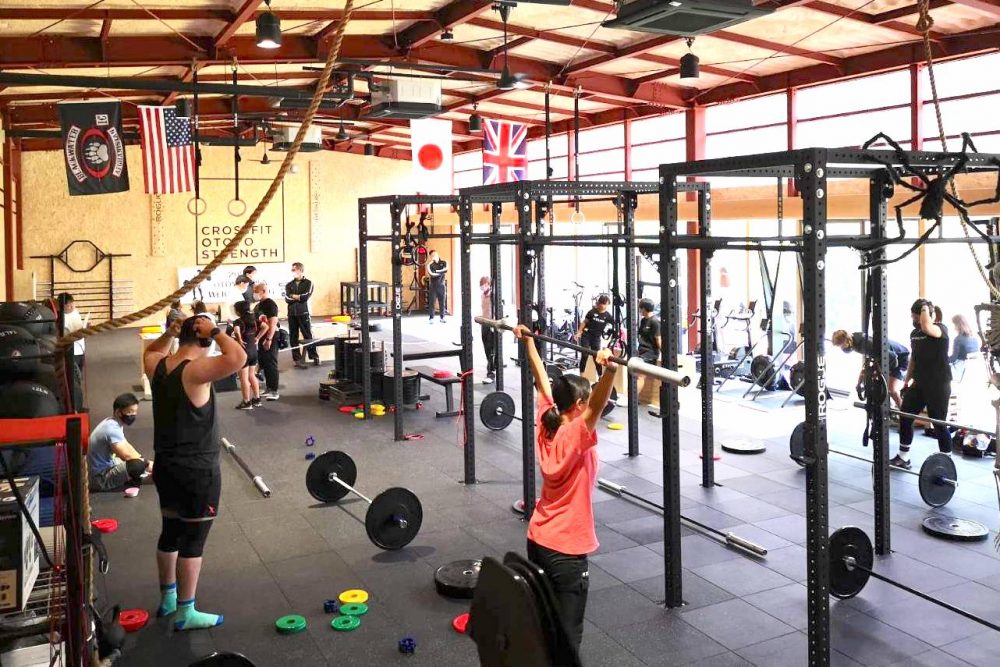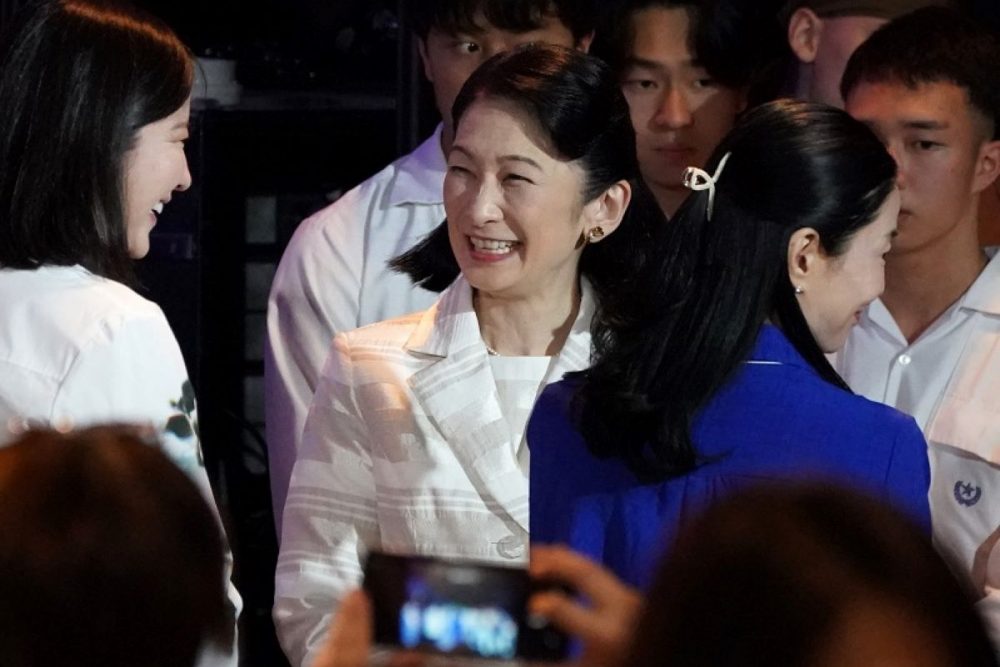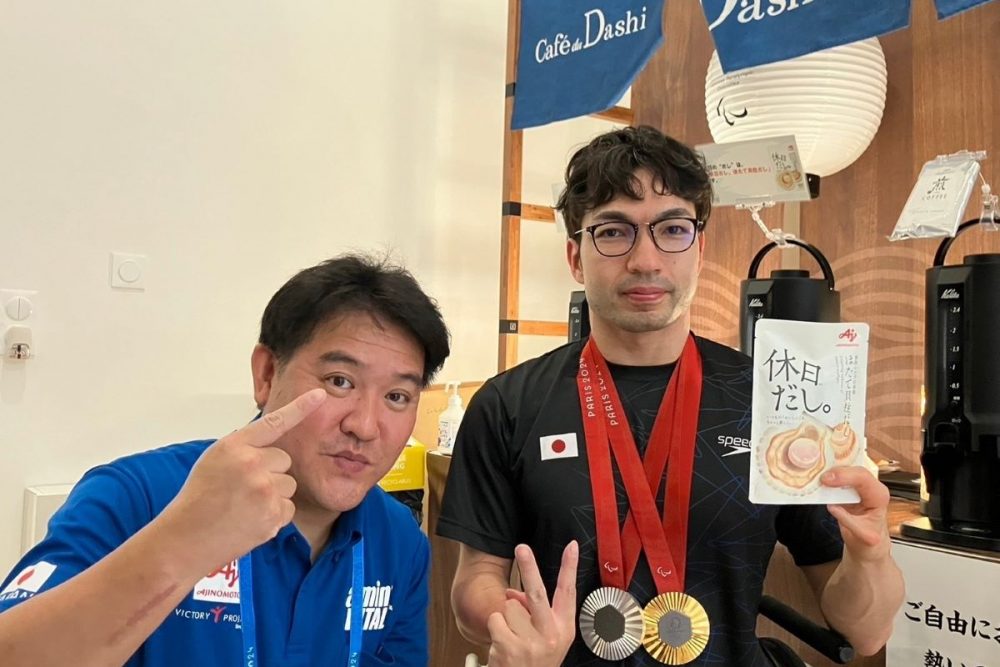Biotech Company Amino Up: Improving Agriculture and Health Around the World
Founder of Amino Up Kenichi Kosuna shares his company's philosophy on benefitting societies worldwide through unique innovations in agriculture and health.
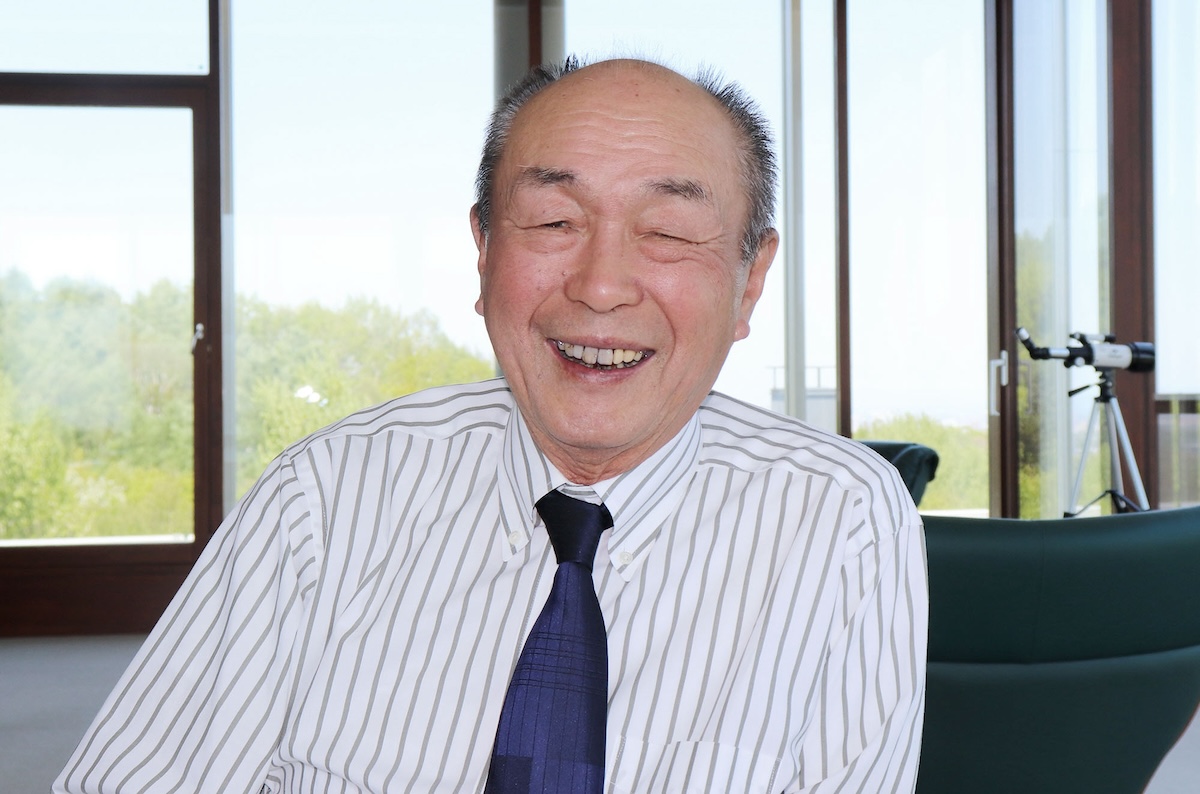
このページを 日本語 で読む
Amino Up is a unique biotechnology company founded forty years ago in Hokkaido. It began with a former student activist who began researching ways to create richer lives for farmers and discovered a substance that promotes crop growth. The company expanded into functional health foods and has built a network with over 100 research institutions worldwide. Japan 2 Earth spoke with Amino Up's founder and chairman, Kenichi Kosuna, about the company's outlook.
Starting from Prefab
About a 10-minute drive from the nearest subway station, Amino Up's headquarters is located in a lush, tree-lined hilly area on the outskirts of Sapporo. The company now has about 100 employees. But when Kenichi Kosuda started it in a nearby small town called Tobetsu, he was the sole employee in a prefab building.
After dropping out of Rakuno Gakuen University, Kosuna opened an agricultural consultancy in 1977. Seven years later, he established the Institute of Hokkaido Fodder and began making feed for dairy and cattle farms using microorganisms.
"Even though Hokkaido was a leader in dairy and livestock farming, 75% of feed was coming from imports. We were trying to ferment bamboo and other grasses that grow along the roadside to make feed for cows," Kosuna reported.
About a year later, through trial and error, he noticed something. The grass where the culture solution used in experiments was discarded was growing really well.
"There were more blades, and it was growing differently than other grassy areas. My research developed out of curiosity about this," Kosuna said.
The Birth of Amino Up
Through a friend's introduction, a sample of the culture solution was sent to the College of Technology at Toyama Prefectural University for analysis. Results showed that cytokinins, growth-promoting plant hormones, were the cause of growth. Basidiomycete fungus were being used for decomposition, and one among many of these fungi was promoting plant growth.

Cytokinins had been discovered in coconut milk and immature corn seeds between the 1940s and 1960s. But mass production technology was not established.
Kosuna's company developed a method for making large-scale cultures, adding amino acids. Thus the agricultural biostimulant "Amino Up" was born in 1981 and launched as a product the following year. The company eventually took on the name of this product.
However, without proven results, it was not easy to get farmers to use the new product. Kosuna worked unpaid for farmers to get them to try the culture solution. He visited about 2,000 farms.
"I also had to be a salesman," Kosuna reflected.
New Developments for Humans
Creating the agricultural biostimulant, a product of chance, also led to new developments.
Some wondered if the substance would be good for humans like it was for plants. A few researchers at universities and testing facilities voluntarily drank the solution. They reported improved results on tests for adult diseases like hypertension.
"We didn't ask them to try it. But they thought it couldn't be bad for their bodies since we were culturing it in a sterile environment," Kosuna said.
Focusing on components in the liquid culture that boost immunity, Kosuna began developing products for humans. In 1989, AHCCⓇ was born based on the idea that the biostimulant for plants was also effective for humans.
An executive at a local bank also volunteered to try the culture. In fact, this led to financing from that bank.
However, challenges remained. "For the fertilizer, we were selling our product in the spring, but not collecting payment until after the harvest the following year. Turnover was slow, and we were majorly in the red. Entering the food sector was necessary to keep the company afloat," Kosuna explained.
Dilemma of Health Foods
After developing AHCCⓇ, Kosuna had to make a choice – market it as a pharmaceutical or a food. He opted to release it as a food product that anyone could buy without a prescription.
However, the health food industry was full of all sorts of dubious products.
"Some exploit the anxieties that the elderly and sick have about their health, selling products with unconfirmed efficacy at high prices or running questionable advertisements. We didn't want to associate with such businesses."
So, Kosuna arranged to conduct clinical trials at hospitals in collaboration with the University of Tokyo and Teikyo University. These proved efficacy with over 1,000 cases of clinical data. In 1995, a group of experts formed the AHCC Research Association.
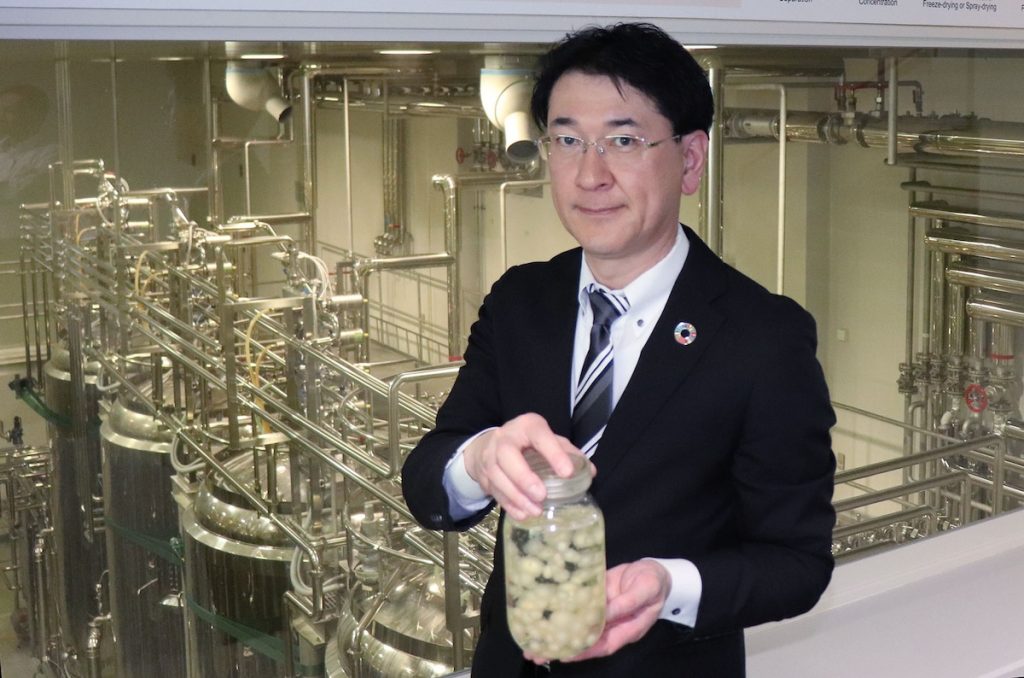
"We pride ourselves on having built trust from our foundation and through clinical trials," Kosuna noted with confidence.
Shiso Leaf: A Big Hit for Allergies
As the company developed AHCCⓇ, Kosuna was also focused on shiso leaves, or perilla.
He came upon the idea during a meal with an associate professor from Teikyo University. Kosuna was intrigued by the green shiso leaves placed under the sashimi. A traditional herb used in Japanese cuisine, the leaves mask the fish's odor.
He decided to extract shiso leaf essence and sent samples to Teikyo University for analysis. They found a substance that suppresses excessive immune activity that was beneficial for atopic dermatitis and other allergies. In collaboration with Teikyo University, the company developed a method to produce the shiso extract in a form easily absorbed in the intestines.
Efficacy results were presented at a conference on allergy treatments, leading to the sale of several products using the company's extract. Childhood allergies had become a social issue, and the shiso extract was a big hit.
Targeting Overseas Markets
Kosuna had his sights set on overseas markets since the company's inception.
"Biostimulant materials can be used in agricultural regions anywhere, and health foods fulfill a global desire for health."

The company conducted Animo Up trials on potatoes at the University of Wisconsin. They also flew to Finland, which has a similar climate. Joint research was conducted with a total of 150 universities and medical facilities worldwide, including Malaysia and China.
The company, having started in 1984 in a warehouse borrowed from a farmer with only five million yen in capital, grew. Sales rose to exceed three billion yen (roughly 19 million USD), with more than 50% of revenue coming from overseas as of May 2023. Amino Up's products have reached the markets of 45 countries worldwide in compliance with food safety standards.
Tsukushi Fellowship and Research Foundation
Alongside company development, Amino Up has focused on social contribution activities.
In 1999, the company began supporting students and young researchers in medicine and pharmacy with scholarships. Recipients are provided with 100,000 yen (about 650 USD) grants in monthly installments over 21 months.
In 2017, a public interest incorporated foundation was established. As of June 2024, the total number of grant recipients reached 400. Scholarship recipients also participate in an international conference held every July.
"Educating children supports the country," Kosuna said.

All Amino Up employees are required to volunteer, reporting their activities every six months.
"Company employees need to pay attention to society. After learning about problems in society, they must improve their skill sets. Private companies and individuals shouldn't be separate," Kosuna emphasized.
Kosuna was an activist as a university student and wanted to do something to benefit agriculture in Hokkaido. His research arose from this idea. In the early days of the company, he actively contributed to the local community. He would repair discarded items collected around the neighborhood and distribute them to students who were struggling financially.
ESG Activities
The company also promotes environmentally conscious management and social contribution activities. It reduced CO2 emissions per ton of product manufactured by about 40% compared to 10 years ago. An ESG team was set up to reorganize the company's ESG (Environment, Social, Governance) activities and communicate them both internally and externally.
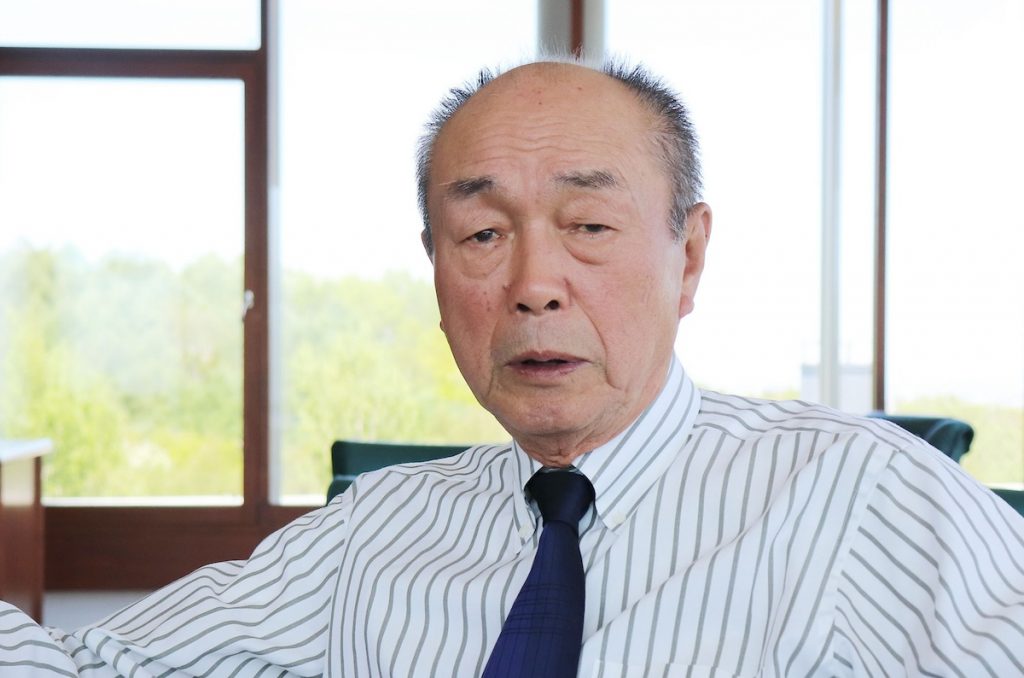
Team members include the company president and about 10 volunteer employees from various departments. One of their popular activities is a nature tour with a specialized guide. Participants learn about plants, insects, and birds that live on the grounds of the company's nature-rich headquarters.
Following a team member's suggestion, the company hired an overseas external organization to evaluate the company's environmental achievements. Having top management on the team allows for quick decision-making and tackling various challenges.
Unique Products in the World
OligonolⓇ, a low-molecular weight polyphenol extracted from lychee fruit, was launched in 2002. The company initially began research with grape seeds, a raw material for Hokkaido wine. When development was nearly complete, the company president decided to switch from grapes to lychees.
The reason for the abrupt shift was the presence of wineries around the world and the already numerous patents registered.
"Our goal was to create a unique product. Without a patent, the whole process is meaningless."
Though it required a several-year detour, the company succeeded in reducing the molecular weight of lychee polyphenol, which is richer in polyphenols than grapes, achieving high absorption.
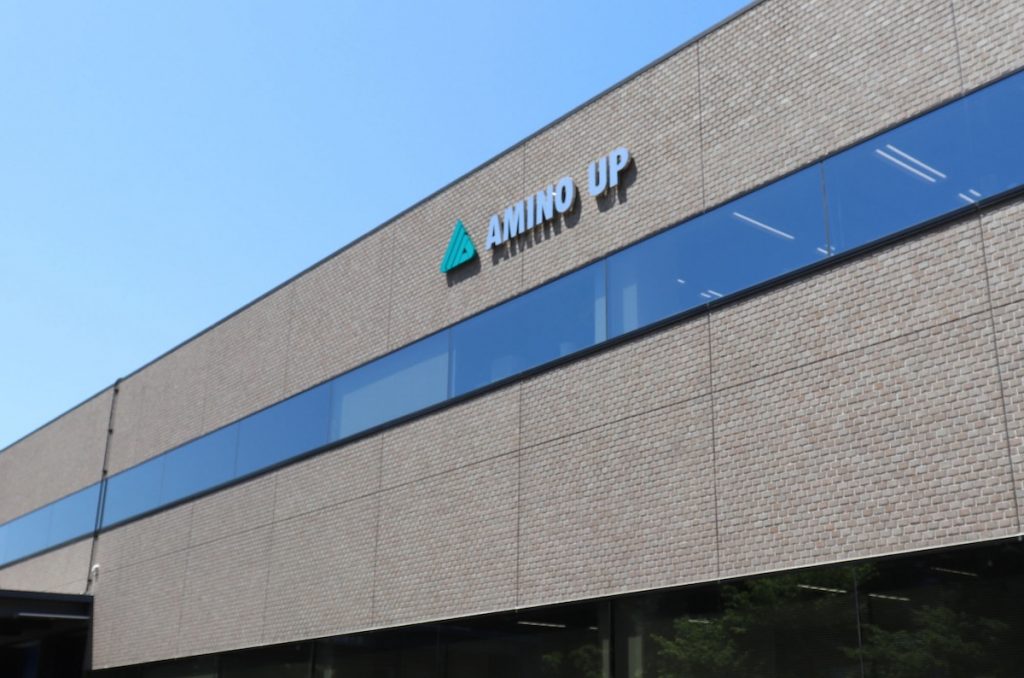
Amino Up has 66 international patents and nearly 20 pending applications.
Research and development is currently progressing in two areas: immunity related to infectious diseases like COVID-19 and dementia.
"Improving people's health, reducing the need for excessive pesticide and chemical fertilizer use, and creating a world where children get an education and have enough to eat. That's the world we aim to create."
Kosuna has built his business on this philosophy of life.
Profile: Kenichi Kosuna
Born in Sapporo in 1946, Kosuna attended Rakuno Gakuen University but left before graduating. He founded the Institute of Hokkaido Fodder in 1977. Amino Up Chemical was incorporated in 1984 with Kosuna as CEO. He transitioned to Chairman in 2009. The company was renamed Amino Up in 2018.
Amino Up is a logo partner of Japan 2 Earth.
このページを 日本語 で読む






